Lisa Rossi, Lijnis Nelemans, Ben Bryant, HFML Nijmegen
Together with technicians and scientists from HFML Nijmegen, PhD student Lisa Rossi designed and built a scanning probe microscope (SPM) for operation at cryogenic temperatures in extremely high magnetic fields. It is the only one in the world that can measure in fields above 30 Tesla. Moreover, it is very compact, only 14 x 76 millimeter. Rossi: “With this SPM we can have a much better look at what happens with matter in high fields. But is has been a challenge. For instance: an SPM does not function well with noise. Therefore, we had to think for a solution for the noise the magnet makes. In addition, the instrument should be able to oscillate a bit, so we needed room. But you still have to be able to put it inside a magnet. So every millimeter counts.” Until now, the maximum field for scanning probe microscopy has been limited to 20 T. This leaves many field-induced phase transitions of materials out of reach. Rossi: “I made this because scanning probe microscopy is one of the best techniques to analyze ‘hidden structures’ in materials and the technique behind it is fascinating. A tip, connected to a lever that oscillates close to its resonance frequency, scans the surface of your sample. We try to keep the frequency or the amplitude of the oscillation constant, but the interaction of the atomic forces between tip and sample causes the amplitude or the frequency of the cantilever‘s oscillation to change. We translate this effect in an image of the surface. There are of course different kind of forces that can play a role in these kind of measurements, and with some variation on the technique, we can ‘paint’ all the different stories that the surface of the sample wants to tell.”
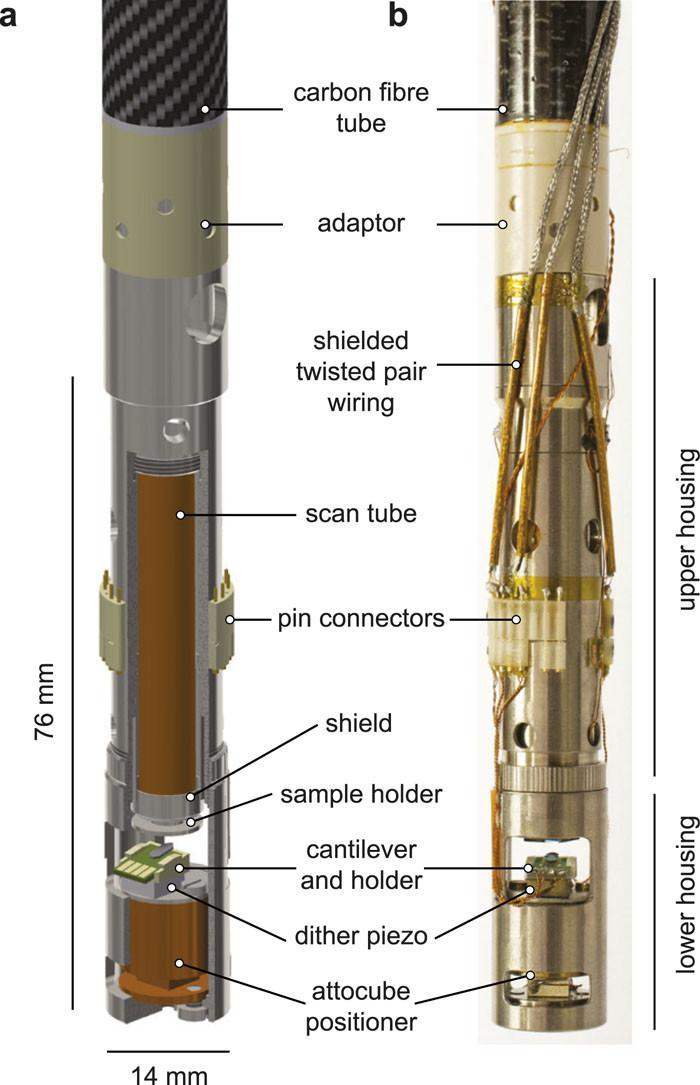
Figure 1: (a) Diagram and (b) image of the HF-SPM head, with
the main components indicated.
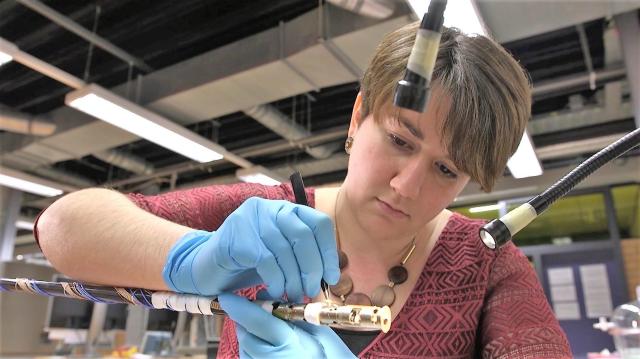
Figure 2: Rossi working on the scanning probe microscope.
An ultra-compact low temperature scanning probe microscope for magnetic fields above 30 T, L. Rossi, J. W. Gerritsen, L. Nelemans, A. A. Khajetoorians, and B. Bryant, Rev. Sci. Instrum. 89, 113706 (2018).



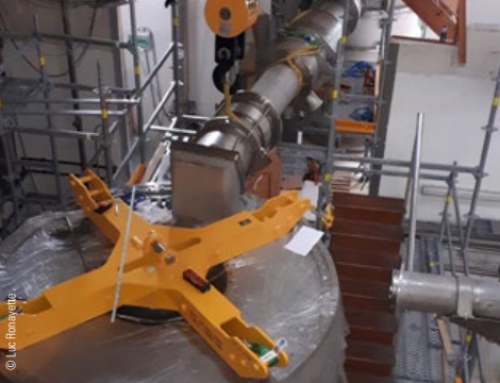

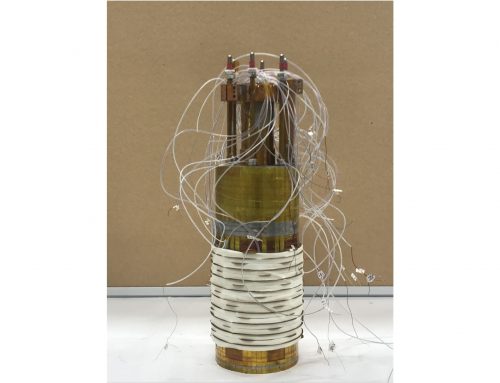
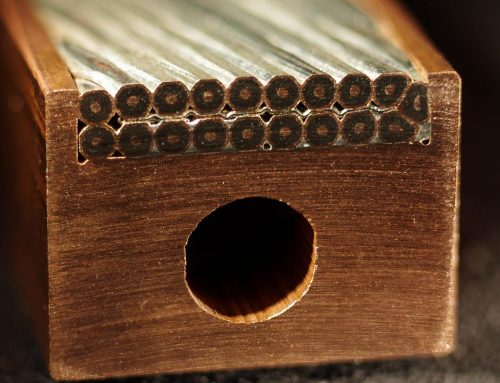
Leave A Comment
You must be logged in to post a comment.